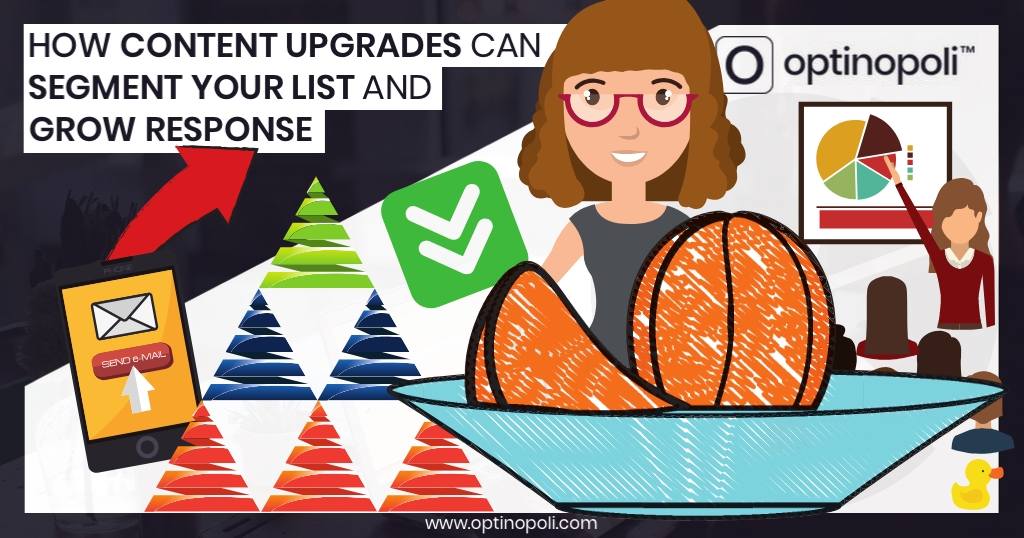
How Content Upgrades Can Segment Your List and Grow Response
The vast majority of businesses focus on building a single email list. They don't segment it, and send the same messages to everyone who signs up.
If everyone's doing it, you might say, what's so wrong with that?
What if I told you that with just a bit of extra effort you could:
- Increase your open rates?
- Reduce list churn (i.e. unsubscribe rates)?
- Enjoy stronger response levels, increasing your revenues?
These are just some of the benefits you get from segmenting your list, backed up by research (which I'll point to shortly).
List segmentation means that, rather than a broad, more generic email list, you develop sub-lists that allow for a more personalized approach.
Each sub-list reflects a specific interest within your niche or characteristic of your audience. You can then target your messages to each sub-list accordingly.
In a previous post, I detailed how to segment your list with your thank you page.
In this post, I'll show how you can do the same with content upgrades.
How #ContentUpgrades can segment your list and grow response #personalization via @optinopoliClick To Tweet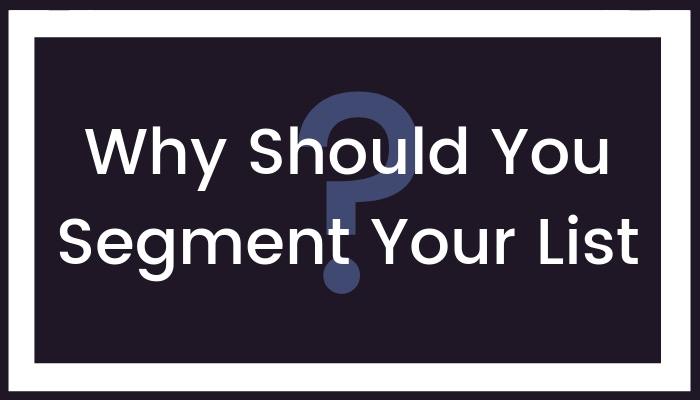
I've already referred to some of the benefits of list segmentation, backed up by research that found that, of businesses who segmented their email lists:
- 39% experienced increased open rates.
- 28% reported lower unsubscribe rates.
- 24% enjoyed higher revenues.
In addition:
- Relevant emails drive 18 times more revenue than more generic broadcast emails (Jupiter Research).
- Personalized emails increase click-through rates by 14%, and conversion rates by 10% (Aberdeen Group).
- Leads nurtured with personalized content targeted to their interests increase sales opportunities by 20% (Annuitas Group).
- 58% of all revenue from email marketing comes from segmented, targeted emails (DMA).
Convinced yet?
Relevant emails drive 18 times more revenue #emailmarketing #personalization via @optinopoliClick To Tweet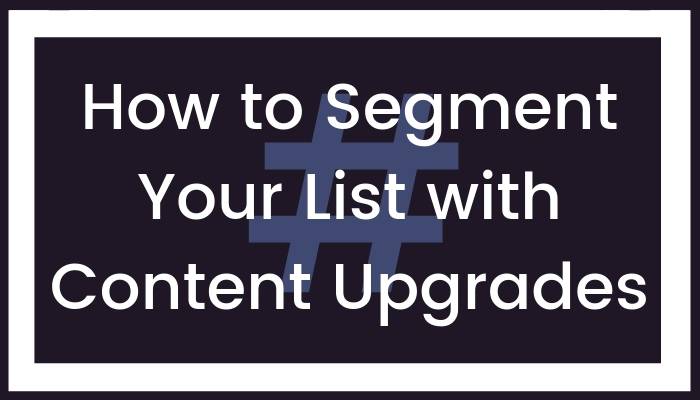
A great way to start segmenting your list is with content upgrades.
First, a quick reminder of what they are.
What are content upgrades?
As the phrase suggests, a content upgrade is an upgrade to the content that the visitor is consuming.
The upgrade might involve additional content or some other resource that relates directly to what they're reading, watching or listening to.
Content upgrades are normally made available free of charge. Well, sort of free. You normally need to enter your email address to get it, maybe your name as well, sometimes additional info.
But when it's so relevant to what you're reading (or watching, listening to ...), you don't mind that, do you?
That's the whole idea. Because the offer is so relevant to the content, it normally delivers higher conversions than a more generic one. This is why content upgrades have become increasingly common.
They just give you better results.
Unsure what to offer?
It's easier than you might think. Here are some ideas:
- A PDF version of the blog post
- A worksheet, cheatsheet or checklist relating to the content
- A video that gives additional info to the blog post or helps to demonstrate the information it contains
- Conversely, within video content you can offer a printable summary of the info you’re sharing for future reference
- Some additional, perhaps more advanced tips or tricks
What about the mechanics? ...
How do you actually offer a content upgrade?
Let's look at a blog post, one of the most common places you'll see a content upgrade on offer.
You might incorporate a mixture of the following:
- One or more links that, when clicked, show an opt-in form.
- A popup that appears when the visitor has scrolled a certain way down the page, or maybe when they're about to leave.
- A Smartbar, top or bottom, again potentially appearing only when the visitor has scrolled down a certain amount. Or you could base it on 'dwell time' (how long they've been on the page).
But content upgrades aren't restricted to just written content. What about say videos or podcasts?
In this case you can simply provide a link to a lead gen page, maybe a Landing Mat, where they can get the resource on offer.
This also of course allows you to add content upgrades to written content on third-party sites. The covers you for content on say:
- Medium
- Quora
- Third-party blogs, i.e. guest posts
And don't forget, social media! (Recommended: Need More Leads? Here’s the Right Way to Use Social Media for Lead Generation)
(Here's more information on exactly how to offer content upgrades on your website and elsewhere).
How to segment your #emaillist with #contentupgrades #emailmarketing via @optinopoliClick To TweetHow do content upgrades segment your list?
By seeing what someone has signed up to receive, you know what their interests and needs are.
For example, compare the following two content upgrades:
- A checklist for getting started with Facebook Ads.
- A tip sheet for experienced Facebook Ads users.
The first might be offered via a blog post that also focused on getting started with Facebook Ads; the second via another blog post targeted for those already using Facebook Ads.
Those opting in for the first would, in the main, consist of Facebook Ads beginners. Those opting in for the second would mostly consist of those already using Facebook Ads or with some existing experience.
How does this grow response levels?
Let's say you had an upcoming course you were going to be selling, which taught people how to use Facebook Ads effectively and profitably.
You would be able to create a series of emails that spoke directly to these two segments:
- For beginners, you would tell them how your course teaches them how to get started and guide them by the hand so they learn to master Facebook Ads.
- For existing users, you would tell them how your course reveals aspects of Facebook Ads they might be missing, and/or teaches them about new exciting features they should be using to run profitable campaigns.
If you got more advanced, you'd also have supporting content such as videos and web pages, again that spoke to each segment differently.
This doesn't necessarily have to involve a huge amount of additional work. Often it just involves adjusting a few words here and there.
So you might need to adjust:
- The subject line or headline.
- Some words in the opening paragraph or two.
- Some bullet points to suit the specific audience.
Most of the content however would remain the same.
By segmenting your audience, you're able to personalize your communications so that you're speaking directly to each group of people. Do it right, and they respond with, "This is for me!".
In doing so, you increase:
- Your levels of engagement.
- Your response rates.
- Email deliverability.
- Most importantly, your sales and revenue.
Putting it into practice
The first step is to analyze your market so you have a good understanding of:
- The different segments you serve.
- How you can market to each segment more effectively.
For example, if you offer accounting services to businesses, you may serve both the following:
- Local ‘bricks and mortar’ businesses.
- Digital, online-based businesses, potentially based anywhere.
Each is likely to:
- Have slightly different needs and concerns.
- Communicate in a different way.
For example, while local businesses may respond to an offer for a breakfast networking meeting, they may find a teleseminar or webinar of less appeal. With the latter, you're less likely to be speaking their language.
Digital, online-based businesses are more likely to respond the other way around, feeling comfortable with online-based seminars, and find local networking meetings of lesser convenience.
By offering content upgrades that help you define who your audience is and which segment they fit into, you can tune your marketing accordingly:
- For local businesses, you may have content such as "Local Business? Taxation Rules You Must Be Aware Of", and offer a checklist of the main points as a content upgrade.
- For digital businesses, you may have content on taxation rules for the supply of digital products and services, again with an accompanying checklist they can download as a content upgrade.
With all the benefits list segmentation gives you, take full advantage by planning your content so it's clear which segment you are appealing to.
Plan your #content so it's clear which segment of your market it appeals to #contentmarketing via @optinopoliClick To TweetYou might have different categories of content on your blog, defined by your segments. Continuing with our example, the categories might be:
- Local business taxation
- Local business accounting
- Digital business taxation
- Digital business accounting
(I'm sure, if you're an accountant, you can improve on these!)
The content in each might be relatively similar, but just written in a way so it appeals to each segment directly so they know immediately it's 'for them'.
Create and offer an accompanying content upgrade for each piece of content (remember it can be as simple as a PDF version of the post).
Here’s how to start putting this into action for your own business:
- Analyze your market—define the different segments and their interest areas.
- Analyze your existing content—group existing content together based on the different segments, adjusting if necessary to target that segment more directly.
- Create relevant content upgrades—add them to your content to convert visitors into opt-in subscribers within a specific segment.
- Create follow up messages for each segment to build the relationship—more on segmented email marketing in just a second...
What about your existing list?
Start to segment this too by making different offers to them that move them into the appropriate list.
For example, when you publish new content for a particular segment that includes a content upgrade, send the link to the unsegmented part of your list. Those who get the content upgrade will move to the appropriate segment.
To speed up the process, try requesting their participation in a survey. Move them into the appropriate segment based on their response.
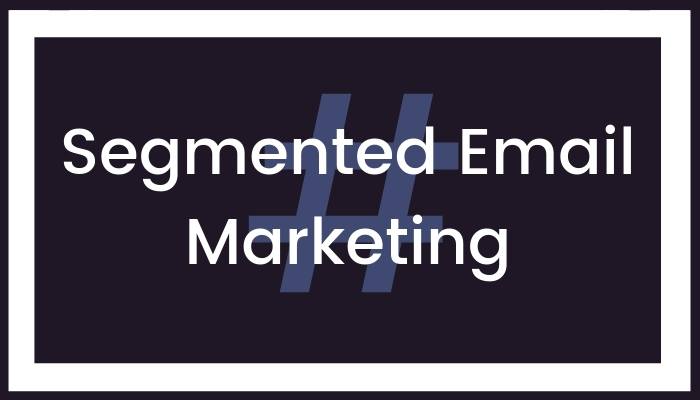
The benefit is that as soon as someone subscribes, you know immediately which segment they fit into, and can market to them accordingly.
In terms of email marketing:
- A pre-defined set of follow up messages can be directly targeted to their needs and interests.
- When publishing new content, you can email the relevant segment to keep in touch and build the relationship.
Due to the heightened relevancy, your open rates and response rates will naturally climb.
The heightened relevancy of segmented #emailmarketing drives up open rates and response rates #personalization via @optinopoliClick To TweetCompare this with sending out emails to a non-segmented list.
You don't really know who on your list your email's are relevant to. You necessarily have to speak more generically.
Inevitably, your open rates and engagement levels will be lower, and this can ultimately impact deliverability of other future emails.
Creating different messages for each segment
While it might seem onerous to have to create different sets of messages for each segment, in reality:
- The majority of the work is done with the first set of messages.
- It doesn’t take much to then adjust them here and there to speak to a different segment.
You might think about in a similar way to segmented consumer products. Take vitamin pills and supplements as an example. They are often marketed to segments based on:
- Gender—‘for men’ or ‘for women’.
- Age or life stage—for older people, teenagers, menopausal women, pregnancy etc.
- Activity type or level—sports enthusiasts, body building, runners.
The product itself is often largely the same, with only the odd adjustment of ingredients. They're simply variations of the base product.
This applies to the marketing too:
- The wording is adjusted—'for women', 'for the active man', 'for teenagers'.
- The main image is adjusted—a pregnant woman, a middle-aged man, someone in athletic pose.
- The coloring is adjusted—generally softer hues for the female market, darker shades for males, and so on.
They do all of this because by marketing directly to each segment, they can:
- Attract higher sales.
- Charge more per product.
For the consumer, why pick a more generic product when there's one that seems to fit their needs more directly? Consumers will willingly to pay a premium for a more personalized product.
It's a similar principle for email marketing. While recipients might ignore more generic messages, they'll be more willing to engage with email messages personalized to fit their needs.
Subscribers are more willing to engage with personalized email messages #emailmarketing #personalization via @optinopoliClick To TweetThe work involved in adjusting your messages is minimal. The subject line will generally have different words, along with the opening sentences. Much of the rest will generally be the same.
In personalizing messages for specific segments, you attract:
- Higher engagement and response rates.
- Increased email deliverability.
- Higher sales levels, and the ability to charge more.
To Conclude
This post has shown you some ways to use content upgrades to start segmenting your email list, and make your email marketing more targeted and personalized.
List segmentation and an increased level of personalization is rapidly gaining importance, and the benefits, as we've seen, are numerous. Businesses that don't at least start down this route now will find themselves increasingly left behind. Content upgrades are one way, as we have seen, in which you can start doing so.
Businesses which don't start segmenting and personalizing email will be increasingly left behind #personalization via @optinopoliClick To Tweet
steve shaw
Steve Shaw is the CEO of optinopoli™, next-generation lead capture and sales conversion technology—click here for more info.
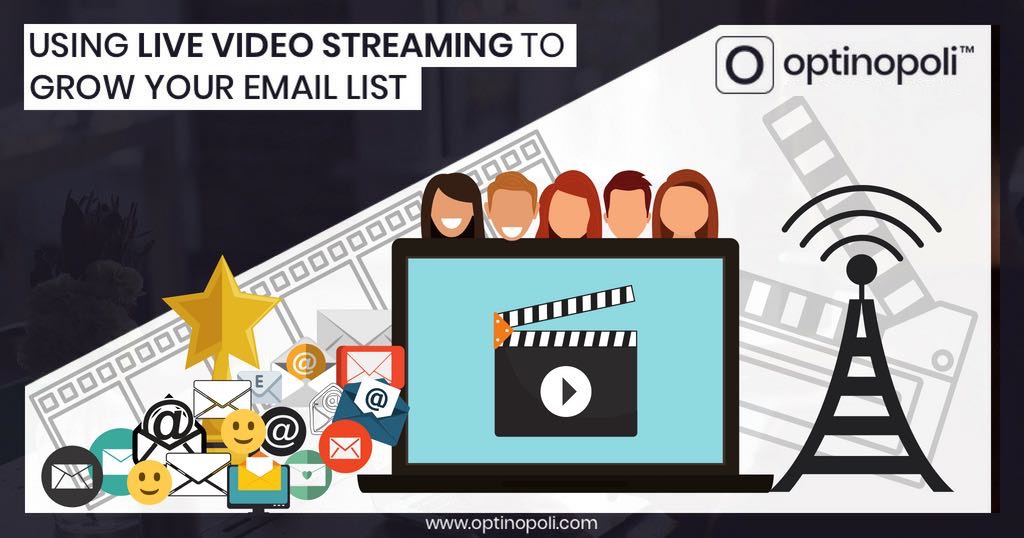
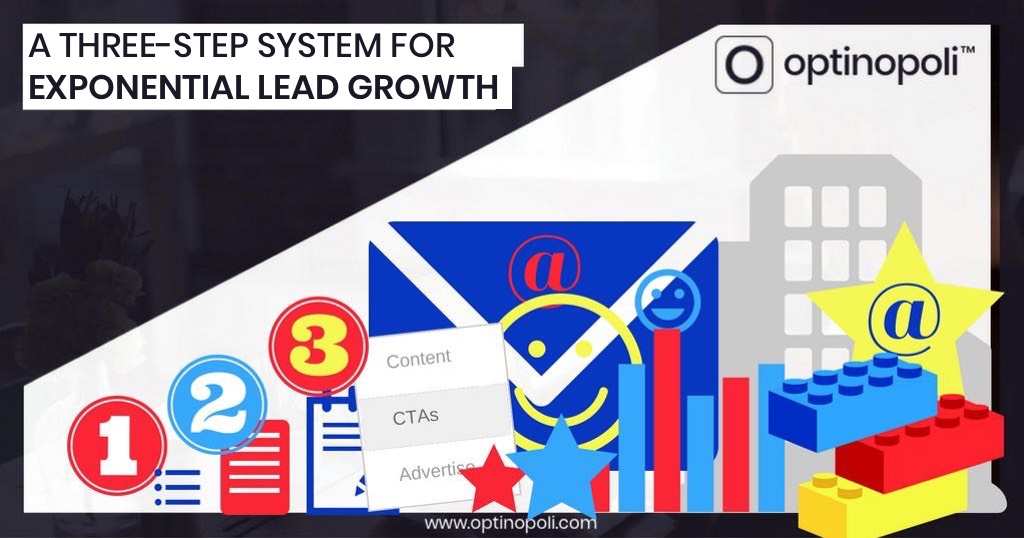

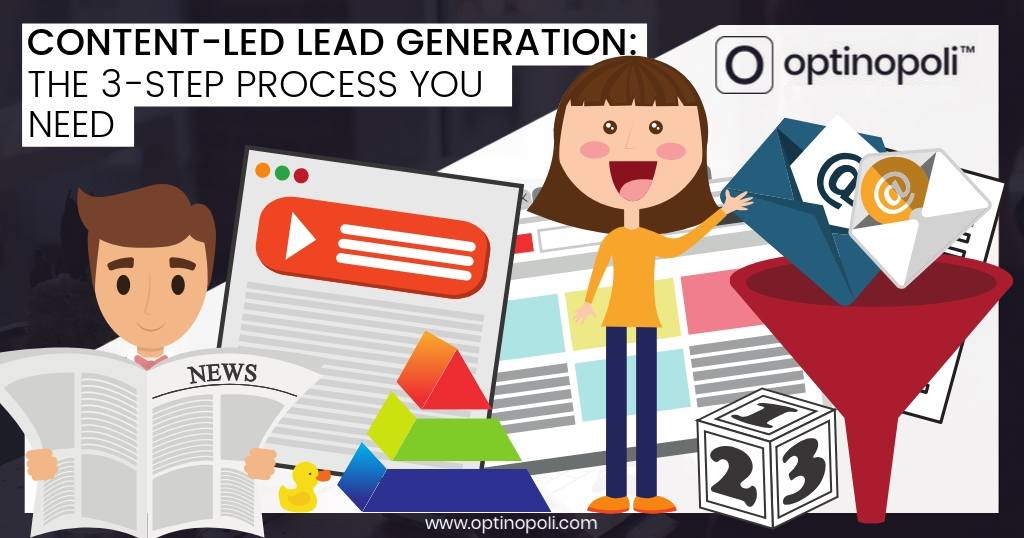
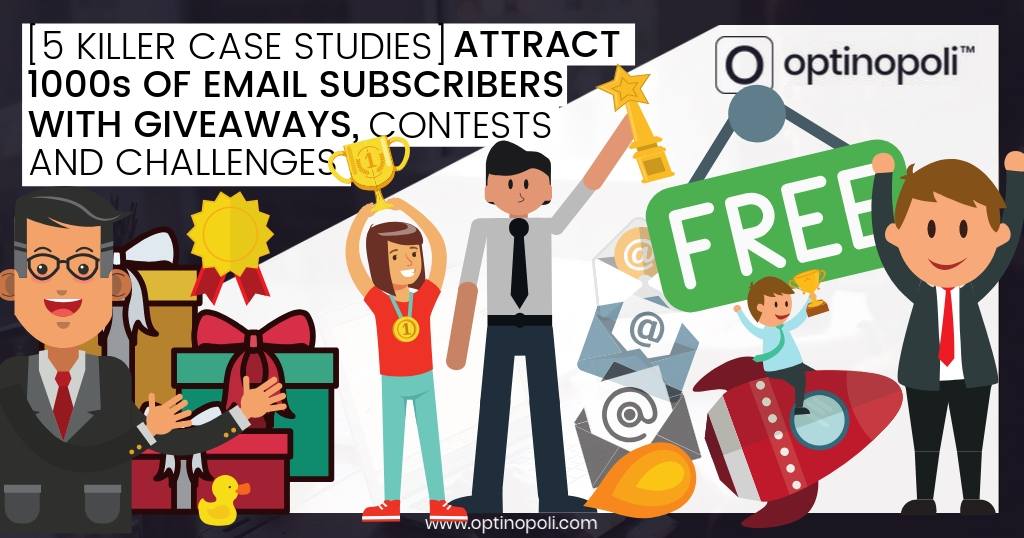
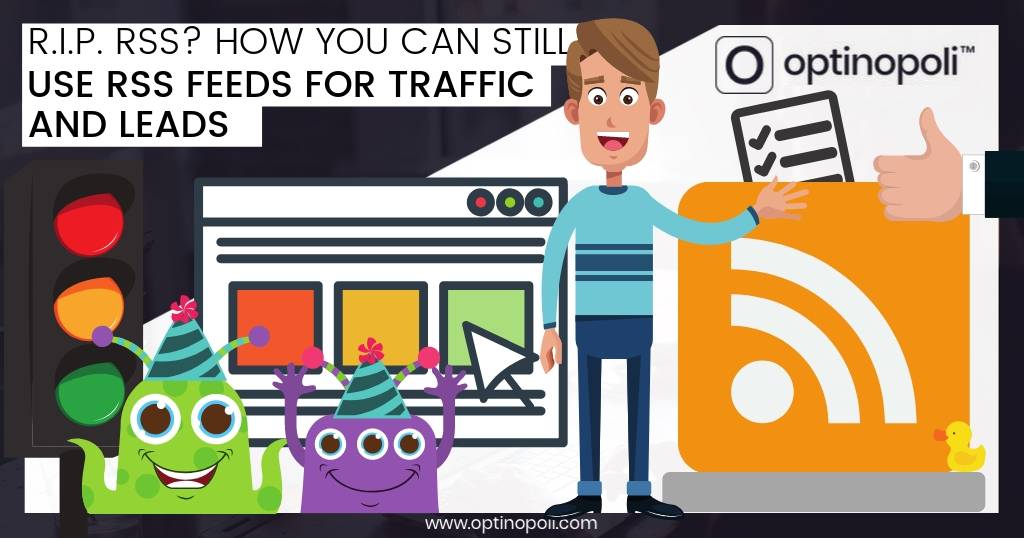
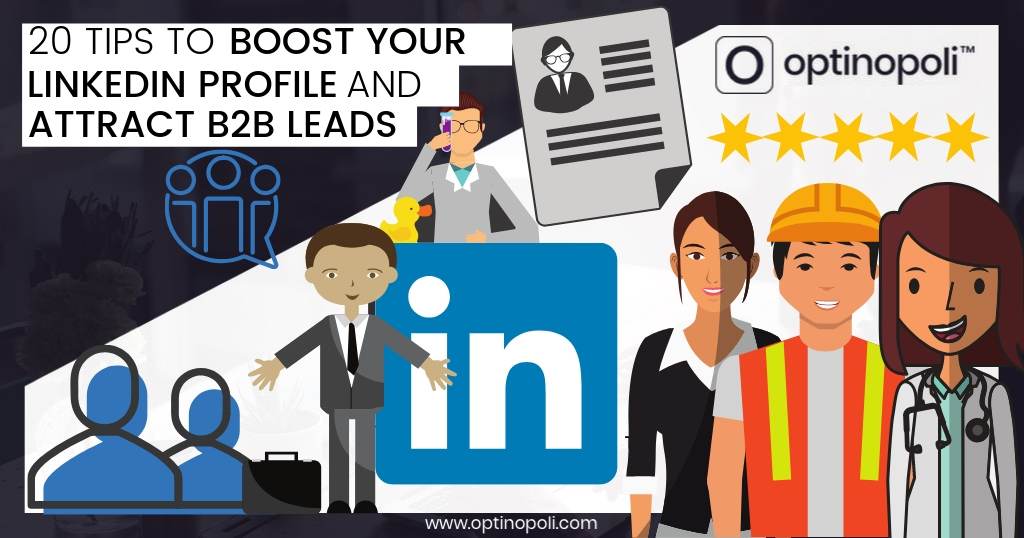
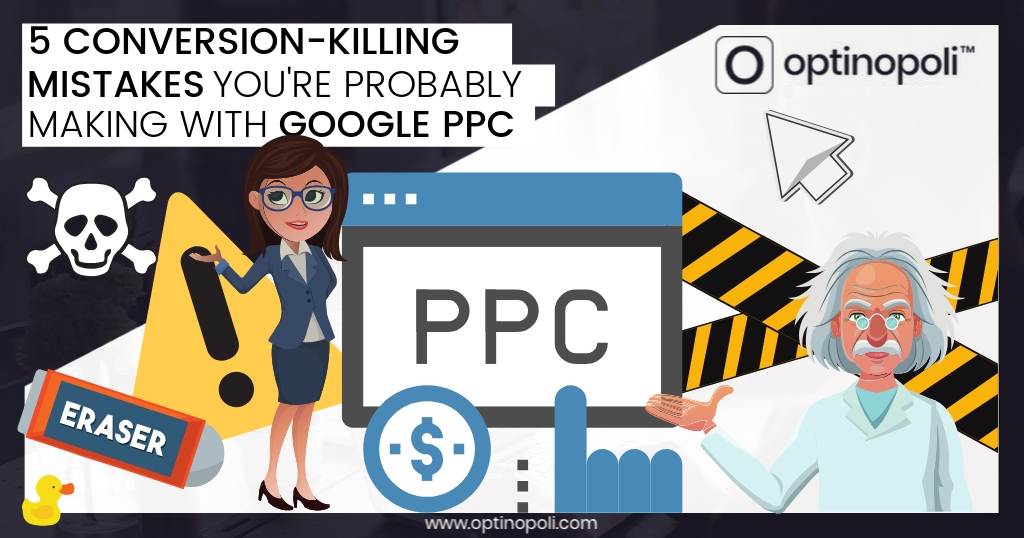
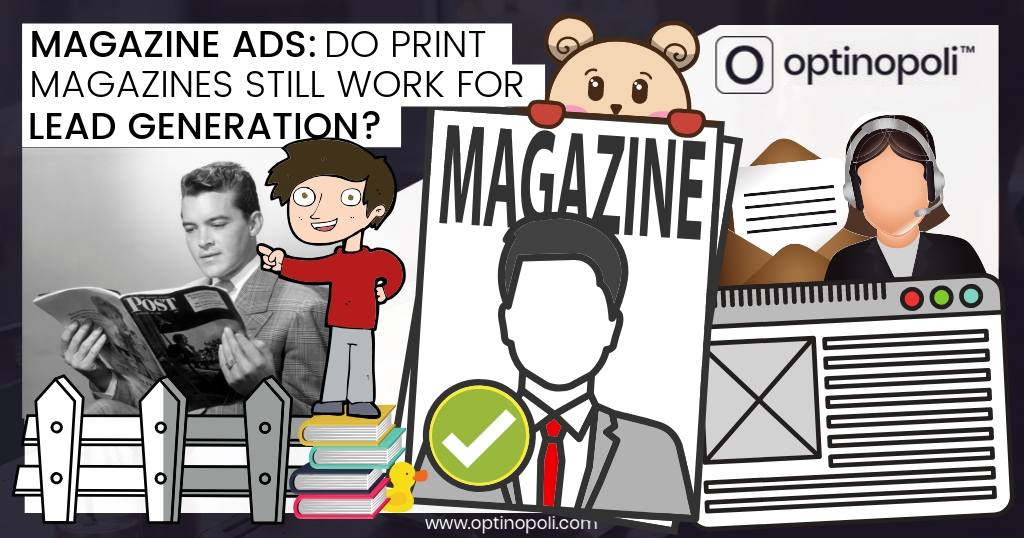
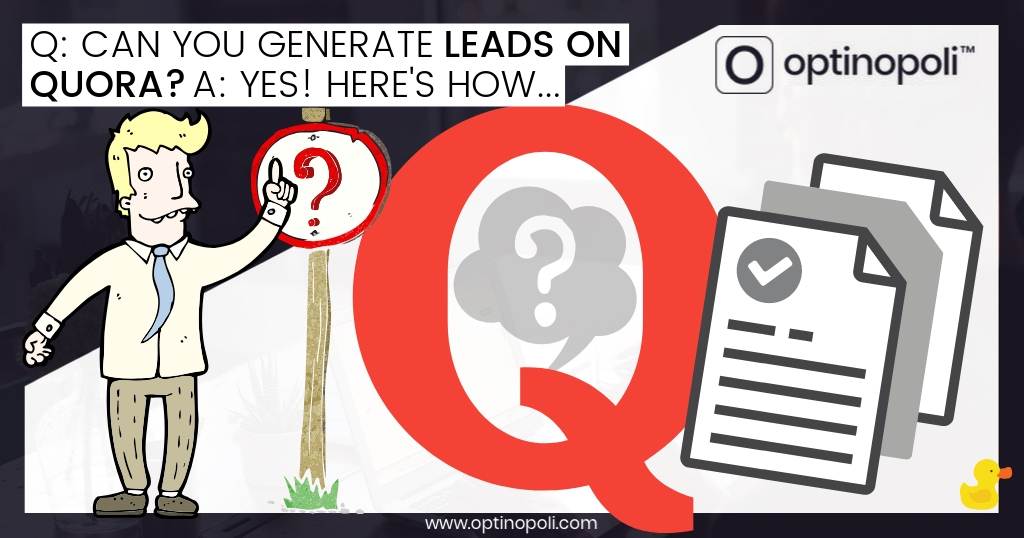
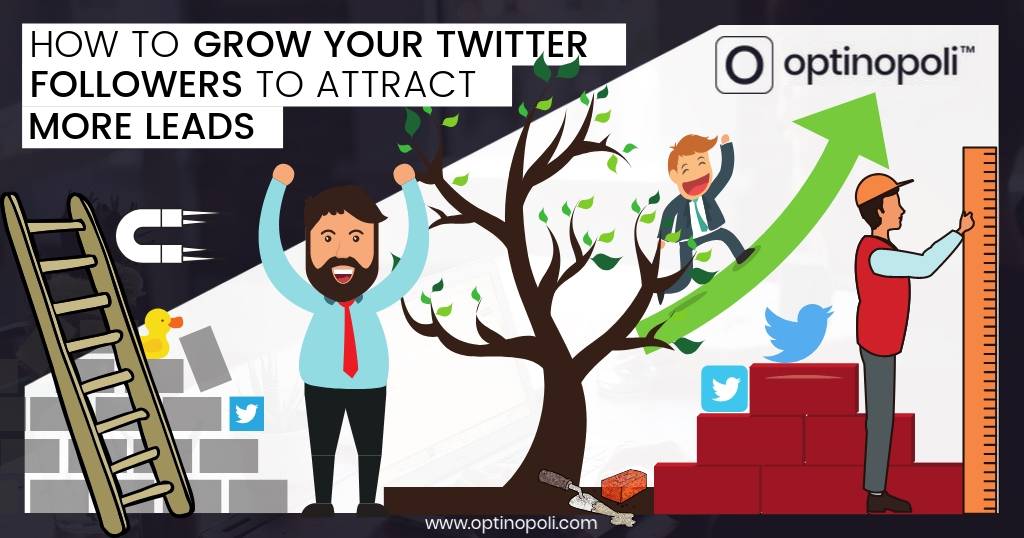
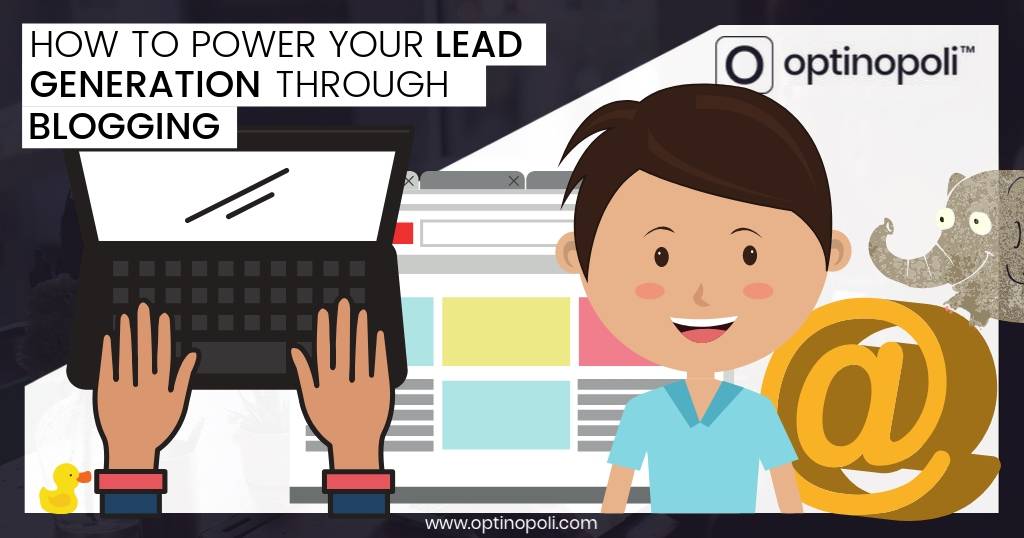
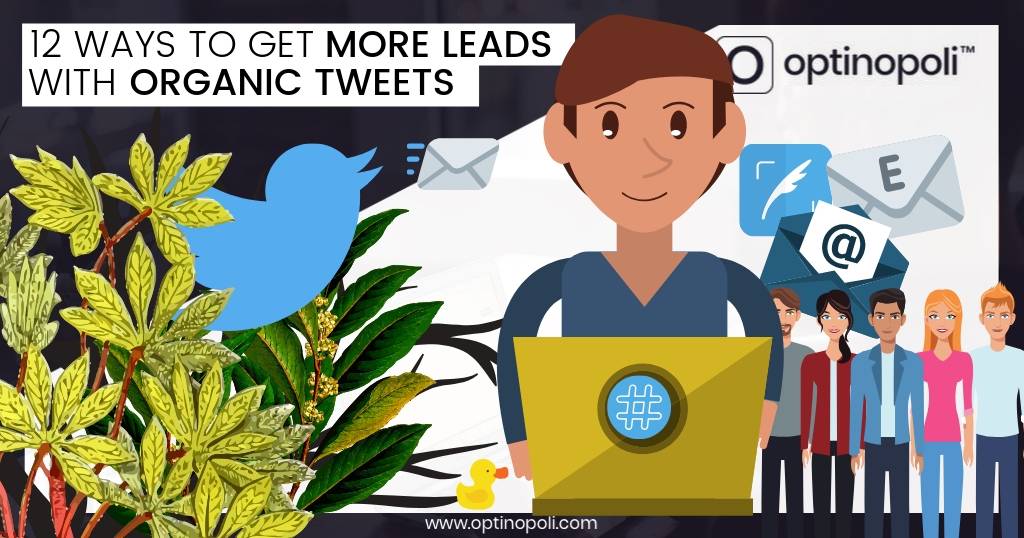
Comments